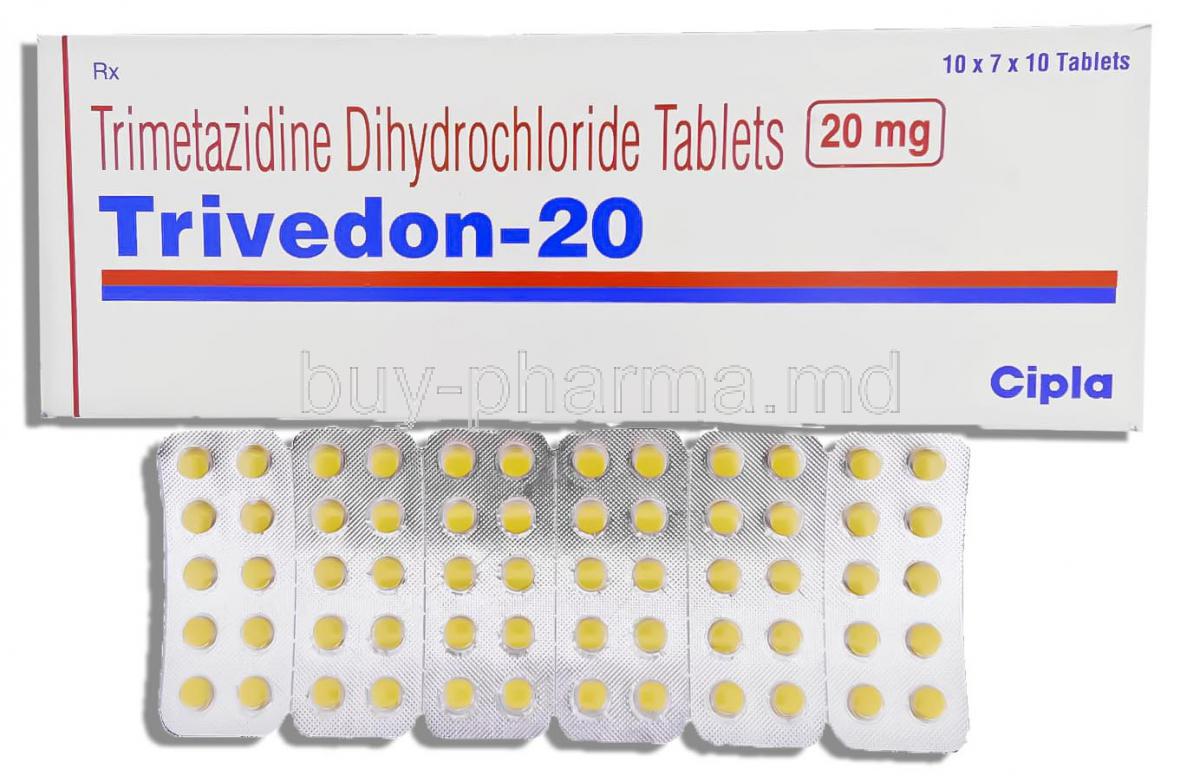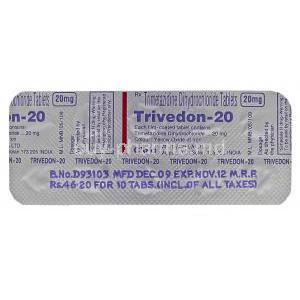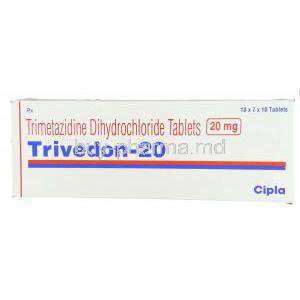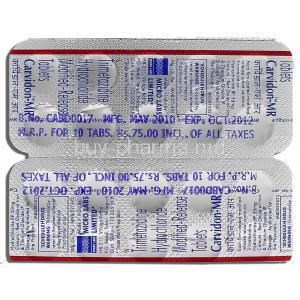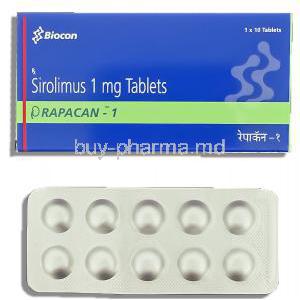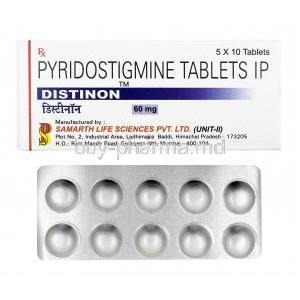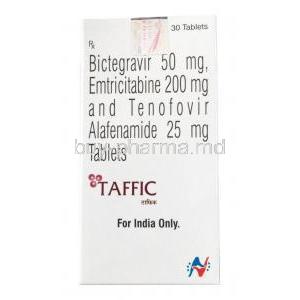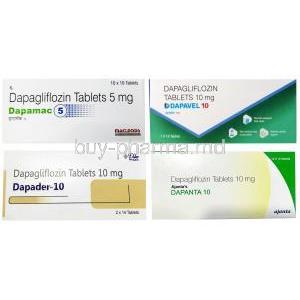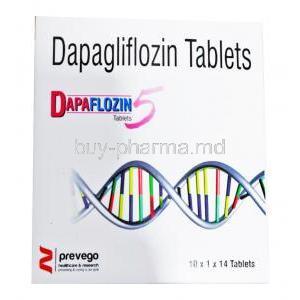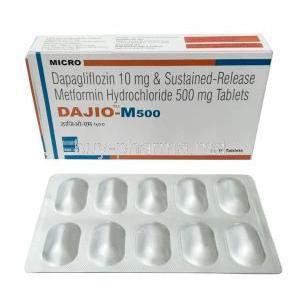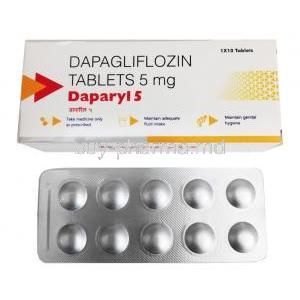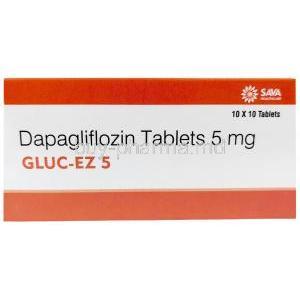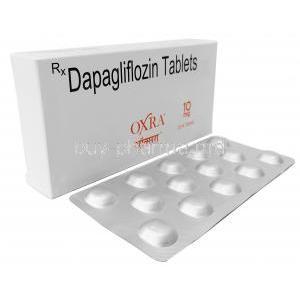Trimetazidine
- I. Introduction to Trimetazidine
- II. Composition of Trimetazidine
- III. Mechanism of Action: How Trimetazidine Works
- IV. Approved Uses of Trimetazidine
- V. Off-label Uses of Trimetazidine
- VI. Dosage and Administration of Trimetazidine
- VII. Careful Administration and Important Precautions
- VIII. Special Administration Considerations
- IX. Potential Interactions with Trimetazidine
- X. Common Side Effects and Adverse Reactions
- XI. Overdosage: Symptoms, Management, and Antidotes
- XII. Contraindications to Trimetazidine Use
- XIII. Warnings: Adverse Effects and Risks
- XIV. Storage and Handling Precautions
- XV. Closing Thoughts: The Balance Between Efficacy and Safety in Trimetazidine Use
I. Introduction to Trimetazidine
A. Overview and Basic Information
Trimetazidine, a remarkable metabolic agent, has become an invaluable pharmacology asset. Its extraordinary mode of action offers a crucial and focused intervention, particularly for individuals suffering from ischemic disorders and falling under the category of anti-ischemic (cardiac) medications. This drug is typically prescribed to relieve angina (chest pain).
Causes of Chest Pain
B. The Pharmacological Role and Importance of Trimetazidine
Trimetazidine, As an anti-ischemic metabolic agent, Holds a crucial position in the treatment of angina pectoris. This condition is marked by chest pain resulting from decreased blood flow to the heart, it Requires effective intervention.(1) Moreover, Trimetazidine proves to be a valuable option in managing dizziness and tinnitus linked with Menieres disease. Considering these notable contributions to medical science, Trimetazidine emerges as an invaluable addition to our pharmaceutical resources.
1. Trimetazidine: An overview - National Center for Biotechnology Information (NCBI) Link
II. Composition of Trimetazidine
A. The Active Ingredient: Trimetazidine
The therapeutic effect of any medication is mainly due to its active ingredients. In this specific case. Trimetazidine serves as the primary active ingredient. The compound, which is derived from piperazine effectively shifts the hearts' metabolism from fats to glucose. This shift in metabolism requires less oxygen for processing. Providing valuable assistance to angina patients.
B. The Inactive Components: Excipients
In addition to Trimetazidine, the medication also contains several inactive ingredients called excipients. These excipients can include binders, fillers, and coloring agents that help maintain the medication's stability, effectiveness, and appearance. It is important to note that while these components play a role in the medications' quality. They don't have any direct effect on its therapeutic action.
C. Available Formulations and Variations
Trimetazidine is commonly available in two main forms: immediate and modified-release tablets. Immediate-release tablets are usually taken three times a day. At the same time, modified-release tablets are taken once a day. However, the actual dosage may differ depending on the doctor's recommendation and the patient's condition.
III. Mechanism of Action: How Trimetazidine Works
A. Trimetazidine as a Metabolic Agent
Trimetazidine is a metabolic agent with a distinct therapeutic approach instead of widening blood vessels like typical anti-anginal drugs. It affects the cellular metabolism in cardiac cells. Its mechanism of action involves inhibiting the mitochondrial long chain three ketoacyl coenzyme A thiolase, which promotes the oxidation of glucose rather than fatty acids. This alteration helps lower the heart's oxygen requirement and supports the functioning of ischemic cells.
B. Its Influence on Heart Cells and Energy Production
The introduction of Trimetazidine initiates favorable actions that revitalize cardiac cell activity by increasing glucose oxidation—an essential process known for facilitating an energy production method wherein optimal usage and conservation of available oxygen occur. Unlike fatty acid metabolism, glucose metabolism consumes lesser levels of oxygen. Thus, through modulating metabolic preferences towards glucose oxidation, Trimetazidine empowers cardiac cells to efficiently generate necessary energy while reducing their dependence on oxygen supply. This therapeutic advantage becomes especially paramount in clinical settings characterized by restricted oxygen availability, such as angina, as Trimetazidine aids in preserving vital heart functions while mitigating potential harm inflicted upon the intricate structures of cardiac tissues.
IV. Approved Uses of Trimetazidine
A. Treating Angina Pectoris
Trimetazidine is widely known and accepted as an effective treatment for angina pectoris. This condition occurs when the heart muscle does not receive enough oxygen due to restricted coronary artery blood flow, resulting in intense chest pain (1). However, Trimetazidine remarkably tackles this problem. It alters the metabolism of the heart. Shifting it from burning fatty acids to utilizing glucose for energy production. This metabolic adjustment enables the heart muscle to generate energy even when oxygen levels are low, thereby reducing ischemia and easing the discomfort associated with angina.
1.Tardif, J. C., & O'Meara, E. (2007). Clinical efficacy of trimetazidine in stable angina: a meta-analysis. Retrieved from link
B. Role in Vertigo and Tinnitus
Trimetazidine not only offers significant benefits in the management of angina. But it also demonstrates effectiveness in the treatment of vertigo and tinnitus. These conditions often arise due to Menieres' disease a condition associated with an imbalance of fluids in the inner ear.
1. When it comes to vertigo Trimetazidine can reduce symptoms such as dizziness and a feeling of imbalance. It achieves this by safeguarding the cells responsible for maintaining the body's sense of balance in the inner ear.
2. As for tinnitus, which is characterized by a persistent ringing, buzzing, or hissing noise in the ears. Trimetazidines' impact on cellular metabolism also appears to have a therapeutic effect on this condition.
C. Use in Meniere's Disease
Menieres disease is a long-term condition that affects the inner ear and causes symptoms such as dizziness, ear ringing, and sometimes hearing loss. Trimetazidine has been shown to help improve these symptoms because of its ability to protect cells in the body. Specifically, it appears to safeguard the hair cells in both the auditory and vestibular systems, which are essential for hearing and balance, as a result, Trimetazidine indirectly helps to preserve these cells and potentially slows down the advancement of Menieres disease.
V. Off-label Uses of Trimetazidine
A. Application in Diabetic Cardiomyopathy
In diabetic patients. Chronic hyperglycemia can lead to a heart condition called diabetic cardiomyopathy, which frequently results in heart failure. Trimetazidine's ability to regulate cardiac metabolism makes it an intriguing option for treating this ailment. Although not traditionally used in this context, recent evidence suggests that Trimetazidine may hold promise. By shifting the hearts' metabolic preference from fatty acids to glucose, Trimetazidine promotes a more efficient energy-generation process that uses less oxygen. This can be particularly advantageous in cases of diabetic cardiomyopathy, where there is often an impairment in the heart's energy metabolism. The drugs' antioxidative properties may also help reduce inflammation and oxidative stress associated with this condition.
B. Potential in Neuroprotection: Parkinson's and Alzheimer's
Trimetazidine has recently emerged as a potential treatment for neurodegenerative disorders such as Parkinson's and Alzheimer's diseases,
1. In the case of Parkinson's disease, which involves the loss of dopamine neurons. Trimetazidine has demonstrated neuroprotective effects in preclinical studies. These findings suggest that the drug may preserve these important neurons and alleviate motor symptoms.
2. Similarly, In the context of Alzheimer's' disease. Trimetazidine has shown promise due to its metabolic and antioxidative properties by protecting neurons(1). It may slow down the progression of memory loss and cognitive decline associated with this devastating condition. However, it is important to note that these potential uses of Trimetazidine are considered off-label at this point. This means that they have not yet received full approval from health authorities.
To confirm their therapeutic benefits, further extensive studies are necessary.
- "Trimetazidine Protects Dopaminergic Neurons against Inflammation-Mediated Cell Death through Inhibition of Microglial Activation." Link
VI. Dosage and Administration of Trimetazidine
A. Standard Dosing Guidelines
Trimetazidine is commonly prescribed as a tablet. The recommended dosage is usually a 20mg tablet taken three times a day for the immediate release version or a 35mg tablet taken once daily for the modified release version. It is important to take Trimetazidine with meals. Nevertheless it is crucial to understand that the specific dosage may differ depending on individual patient characteristics and the judgment of the prescribing physician.
B. Adjustments for Specific Conditions and Populations
In some instances, it may be necessary to adjust the standard dosage of Trimetazidine. For patients with moderate to severe renal impairment. A reduced dose might be required. Similarly. Elderly patients, especially those with associated renal impairment. May also require dosage adjustments. These adjustments are crucial in order to prevent any potential drug toxicity and ensure the medication's effectiveness for treatment purposes.
VII. Careful Administration and Important Precautions
A. Prioritizing Patient Safety
The safety of patients should be given utmost importance when administering Trimetazidine. It is essential to provide sufficient information to patients about the possible side effects of the drug and advise them to seek medical help if they experience severe adverse reactions. Furthermore, patients must be careful not to abruptly discontinue the medication without first consulting their healthcare provider, as this could potentially worsen their condition.
B. Understanding the Risk of Renal and Hepatic Impairment
Patients with renal or hepatic impairment present a distinctive challenge when administering Trimetazidine because their ability to clear the drug is reduced. Therefore. It is crucial to carefully adjust the dosage and closely monitor these patients for any signs of possible drug toxicity. It is generally recommended that patients with severe hepatic impairment refrain from using Trimetazidine altogether.
VIII. Special Administration Considerations
A. Administration to the Elderly
Reduced renal function in elderly patients can impact the clearance of Trimetazidine. Consequently, it may be necessary to make dose adjustments in order to prevent potential toxicity in this population. Additionally, the elderly are more prone to experiencing side effects like dizziness or falls. Making it important to exercise caution while administering treatment.
B. Administration to Pregnant Women and Nursing Mothers
The use of Trimetazidine during pregnancy should be limited to cases where it is clearly essential and overseen by a healthcare provider. It remains uncertain whether Trimetazidine can pass into breast milk thus caution must be exercised when administering the drug to nursing mothers.
C. Administration to Children
The safety and effectiveness of Trimetazidine have not been well established in children. And as a result. It is not generally recommended for use in pediatric populations. However. If a physician determines it to be necessary. Close monitoring should be implemented to watch for any potential side effects.
IX. Potential Interactions with Trimetazidine
A. Drug-Drug Interactions
Although Trimetazidine is usually well tolerated, it has the potential to interact with certain medications, which may result in changes to their effects. To illustrate, when used concurrently with other cardiovascular drugs (such as beta-blockers and calcium channel blockers), caution must be exercised to prevent any additional effects. Moreover, it is advisable to exercise caution when using Trimetazidine alongside other drugs that are metabolized by the CYP2D6 enzyme, such as specific antidepressants and antipsychotics.
B. Drug-Food Interactions
While it is generally unlikely for food to significantly affect how well Trimetazidine works. It is still suggested that individuals take this medication with meals as a precaution against potential digestive side effects. To support their cardiovascular health during Trimetazidine therapy. Patients should aim for a well-balanced diet and specifically opt for foods low in sodium.
C. Drug-Laboratory Test Interactions
There is no substantial evidence suggesting that Trimetazidine affects commonly conducted laboratory tests. Nevertheless, it is crucial for patients to dutifully notify laboratory staff about their ongoing medications, including Trimetazidine. To prevent any possible interactions.
X. Common Side Effects and Adverse Reactions
A. Minor Side Effects: Gastrointestinal Disturbances and Dizziness
Trimetazidine is typically well tolerated. But it may cause a few minor side effects. These often include gastrointestinal disturbances, such as nausea, vomiting, abdominal discomfort, or diarrhea. To reduce the chances of experiencing these effects. It is recommended to take Trimetazidine with food. Another potential side effect is dizziness, which some patients may experience when initiating therapy. Suppose this symptom persists or becomes more severe. It is advised to seek medical attention.
B. Serious Side Effects: Hypotension and Parkinsonism
In exceptional cases. The use of Trimetazidine may lead to more serious adverse effects. One such effect is hypotension - a decrease in blood pressure levels - which can be particularly evident when combined with other medications used for cardiovascular purposes.
Due to lowered blood pressure levels precipitated by this medication interaction scenario, dizziness or fainting sensations might be experienced by individuals affected negatively. Symptoms reminiscent of Parkinson's disease, such as tremors, rigidity and bradykinesia, might manifest in patients. Albeit infrequently.
Under Trimetazidine therapy. It is crucial that such symptoms manifest. The administration of the Trimetazidine treatment cease, and prompt evaluation from a healthcare professional be sought after.
XI. Overdosage: Symptoms, Management, and Antidotes
A. Recognizing Overdosage Symptoms
If a patient experiences an overdose of Trimetazidine. They may encounter symptoms like nausea, vomiting, hypotension, or neurological signs like convulsions or coma. In such cases, it is imperative to seek immediate medical attention.
B. Emergency Management and Antidotes
When managing an overdose it is important to provide supportive measures to ensure the patient's well-being. This includes maintaining an open airway and closely monitoring their vital signs. Additionally, symptomatic treatment is essential in order to alleviate any troublesome symptoms. If the overdose occurred fairly recently gastric lavage may be considered as a potential intervention. It is important to note that currently there is no specific antidote for Trimetazidine overdose. Therefore. The main approach in managing such cases revolves around controlling symptoms and safeguarding the patients' overall stability.
XII. Contraindications to Trimetazidine Use
A. Absolute Contraindications
Trimetazidine provides significant benefits for numerous patients, however. It is important to note that specific absolute contraindications exist for its usage. One such contraindication includes known hypersensitivity to Trimetazidine or any of its components as using the drug in such cases can be harmful. Additionally, individuals with severe renal impairment should refrain from using Trimetazidine due to the potential hazards associated with drug accumulation and toxicity.
B. Relative Contraindications
In addition to the absolute contraindications, several relative contraindications could potentially restrict the use of Trimetazidine. One of these is moderate renal impairment. Although it is not an absolute contraindication, caution should still be exercised when prescribing Trimetazidine to patients with this condition. Another relative contraindication is Parkinsons' Disease. Since Trimetazidine has the potential to trigger Parkinsonian symptoms, it should be used with careful consideration in patients who have been diagnosed with Parkinson's disease.
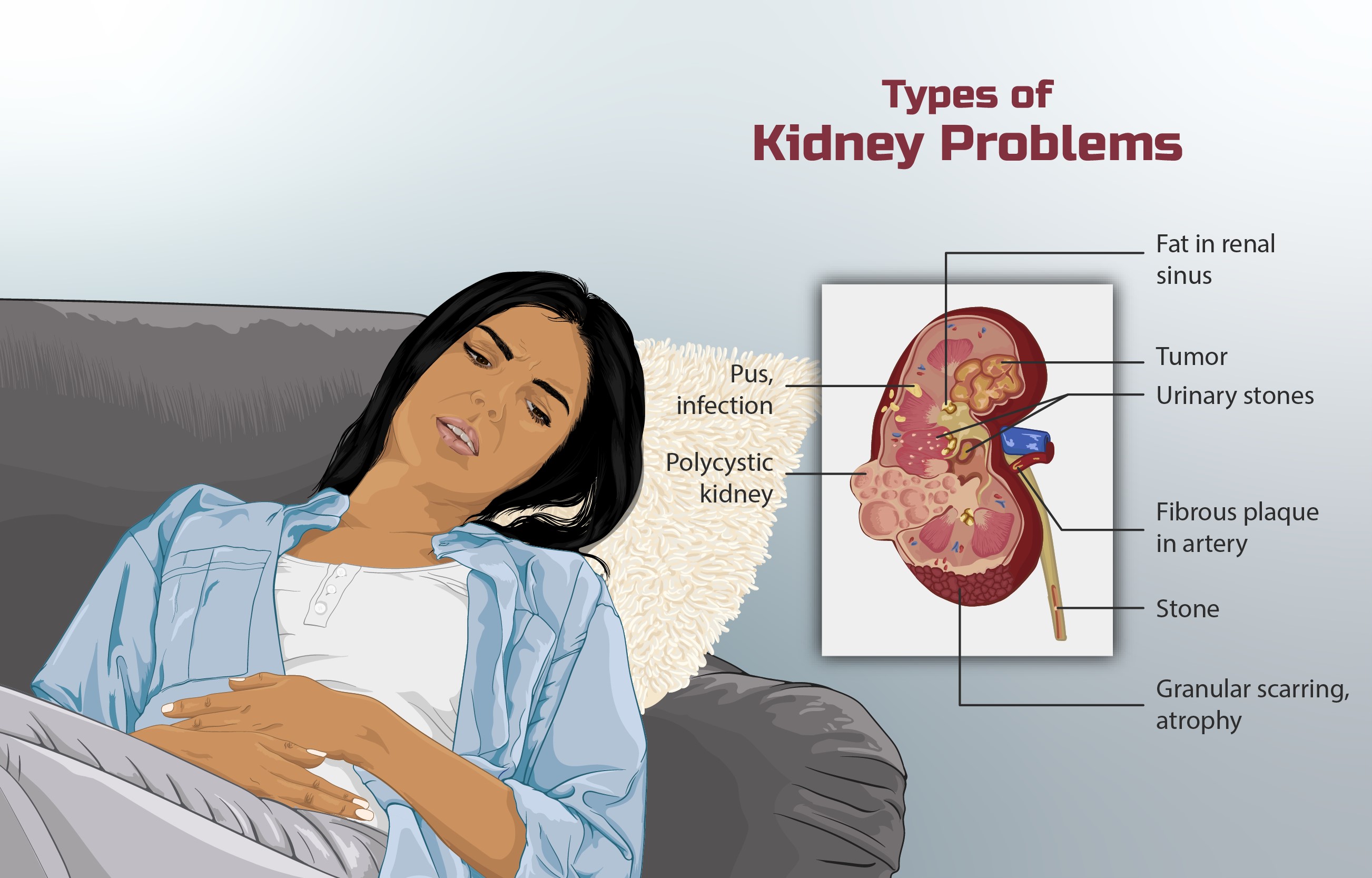
Renal Impairment causes
XIII. Warnings: Adverse Effects and Risks
A. Cardiac Risks: Prolongation of QT Interval
Although uncommon. Trimetazidine has the potential to result in prolongation of the QT interval, which can lead to severe cardiac arrhythmias like Torsades de Pointes. Therefore. It is crucial to closely monitor patients with a history of cardiac conditions, particularly those prone to QT prolongation, when they start treatment with Trimetazidine.
B. Neurological Risks: Parkinsonian Symptoms
If a patient experiences symptoms that are similar to Parkinson's' disease, such as tremors, rigidity, or bradykinesia, it is advisable to discontinue the use of Trimetazidine and consult a healthcare professional for evaluation. This medication has been known to cause neurological side effects. And it is important to address any concerns promptly.
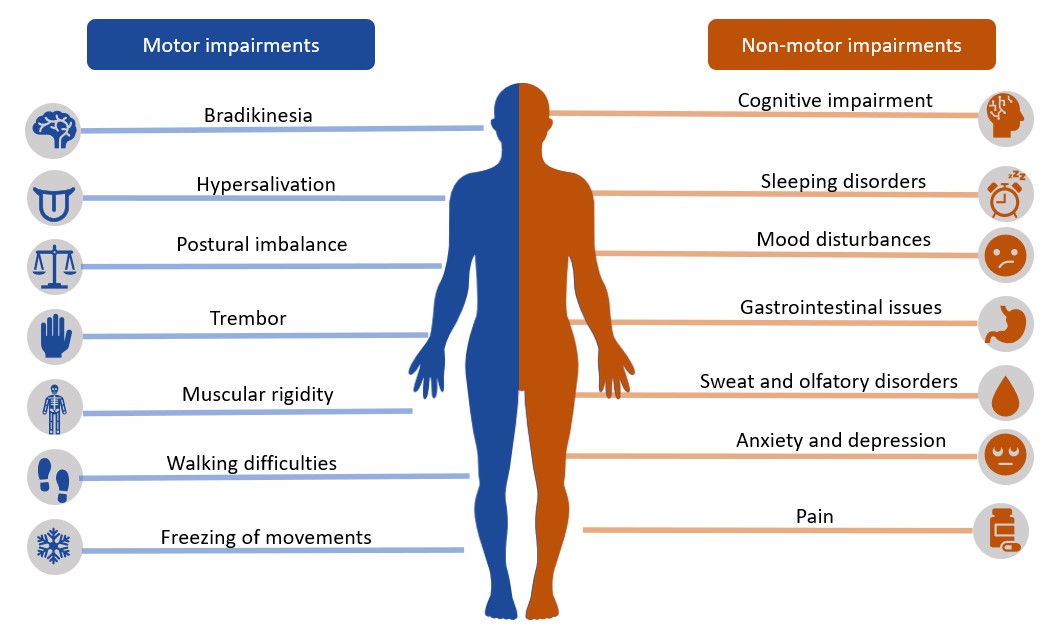
Parkinson's disease Symptoms
XIV. Storage and Handling Precautions
A. Ideal Storage Conditions
To ensure optimum effectiveness. It is recommended that Trimetazidine be kept in a cool and dry place at room temperature. It is imperative to store it away from direct light sources and moisture, as exposure to these elements may lead to the degradation of the medication. It is advised not to store Trimetazidine in the bathroom or near a sink due to high humidity levels, which can negatively impact its quality. Furthermore, keeping this medication out of reach of children and pets for safety is essential.
B. Disposal of Expired/Unused Trimetazidine
It is highly recommended to safely dispose of expired or no longer needed Trimetazidine to prevent any accidental ingestion or potential environmental harm. To ensure proper disposal. It is advisable to seek guidance from local waste disposal authorities or consult with a pharmacist.
XV. Closing Thoughts: The Balance Between Efficacy and Safety in Trimetazidine Use
A. The Necessity for Physician Guidance
Although Trimetazidine offers proven therapeutic benefits. It is essential to carefully evaluate the individual circumstances of each patient prior to its use. To optimize treatment outcomes and minimize potential risks it is advisable for patients to maintain regular follow ups and establish open lines of communication with their prescribing physician.
B. Emphasizing Adherence to Prescribed Dosing Regimen
Ensuring therapeutic efficacy with Trimetazidine heavily relies on strict adherence to the recommended dosing schedule. Negligently discontinuing or modifying one's dosage without proper supervision may yield undesirable consequences, thereby emphasizing the importance of following precise instructions from our prescribing healthcare professional.

